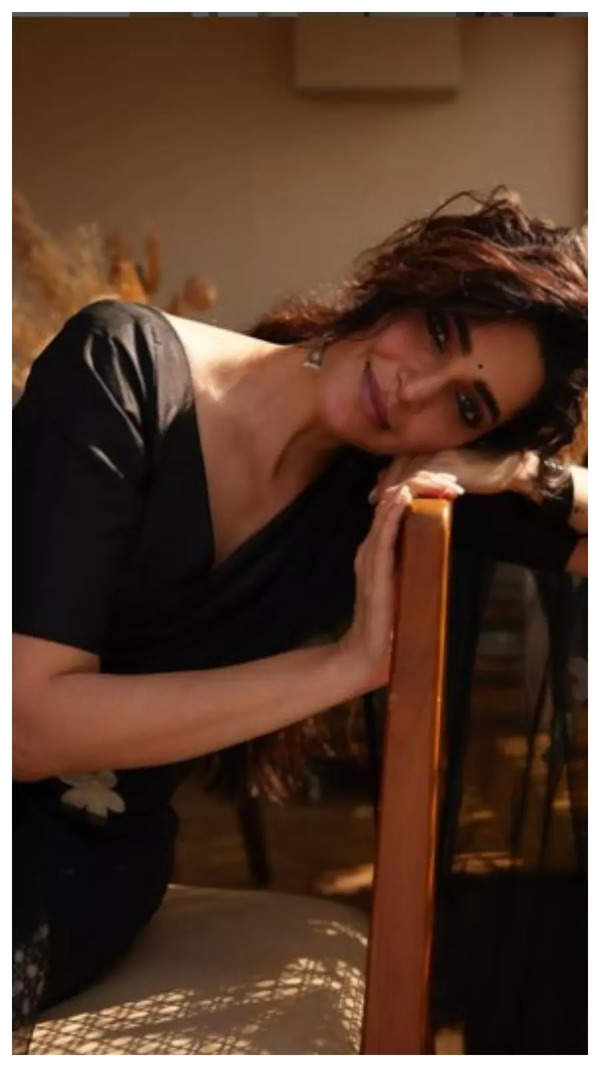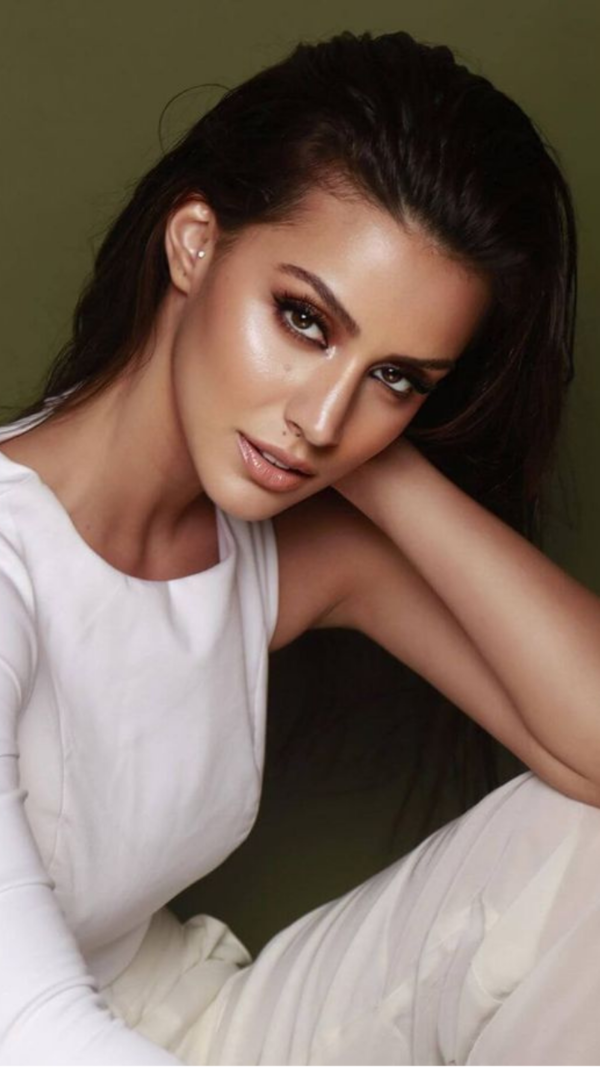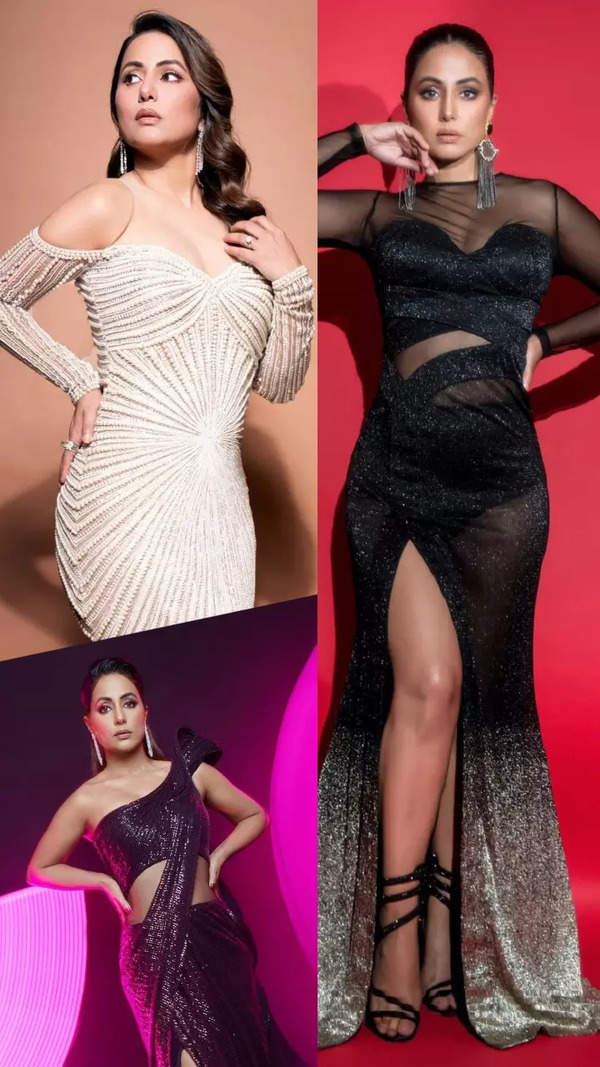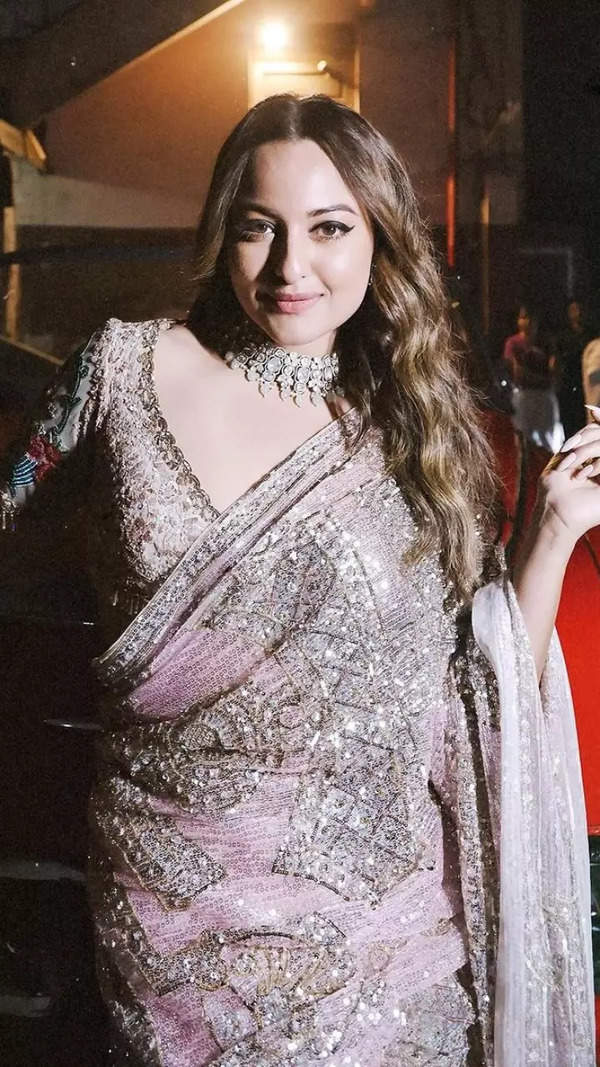- News
- entertainment
- tamil
- movies
- Making the right fit in K'wood: costume designers
Trending
This story is from May 26, 2016
Making the right fit in K'wood: costume designers
Clothes maketh the man', yes, but this statement holds even more relevance when it comes to film stars.
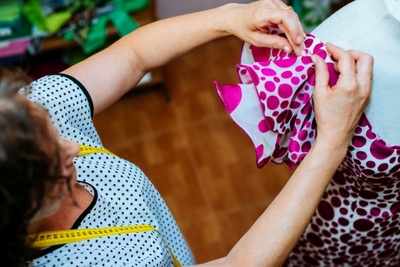
Clothes maketh the man', yes, but this statement holds even more relevance when it comes to film stars. After all, it is the clothes that they wear on screen that later become a fashion statement of many youngsters. And this is why costume designers have become crucial to filmmaking. While films have always had a person looking after the costumes, referred to as costumers, costume designers are a relatively new breed (a post 2000 trend), especially in Tamil cinema.Today, they are people who, working in coordination the makeup and hair person, design the look of a film's leads and the principal supporting characters.
Anu Vardhan, one of the top costume designers in the industry today, started out as an assistant director to the ace cameraman-director Santosh Sivan on his international projects. 'Since those films had a small crew, I had to work in the costumes and art department as well. It was Santosh sir who identified my flair for clothes and colours and suggested that I look at costume designing as a career option,' she reveals and adds, 'He made me the principal costume designer for his 2001 period film Asoka.' The concept of a costume designer was in vogue in Bollywood even at that time, but only a limited number of films were going for such specialists. 'But Nalini Sriram, who is someone I admire, was doing costume designing in Tamil films then. In fact, many films still do not have one here,' she adds.

Talking about how a costume designer adds value to a film, she says, 'A director will have a certain vision on the look of a film, which he will arrive at following discussions with the production designer and cinematographer. To achieve this, it is important for specific characters to have specific looks. It requires a certain level of understanding and research from the person who is in charge of the costumes. And that is where having a specialist, i.e., a costume designer, helps.'
For Kabali, which sees Rajinikanth playing a role closer to his actual age, Anu Vardhan wanted to capture the charisma of the Superstar and the grace with which he has aged. 'So, I chose linens for his fabrics because they add a classy look,' she says. Coming up with costumes for the younger version of the Superstar involved research into the period in which the events in the film happen, she adds.

While her background as an assistant director has inculcated in Anu the approach of drawing up a costume script, very few costume designers in the industry have this practice. This is mainly because the pre-production work in our films happens in a shorter time than in Hollywood and Bollywood, where a costume script is a regular feature. Vasuki Bhaskar, who has worked on the independent English film Anything For You, says, 'It is more like a corporate set-up there. To them, a film is a project. They have a systematic approach to costume designing and everything, from the clothes that the actors wear, to a safety pin, will be finalised days before the shoot.' However, she adds that it is difficult to say which of these two approaches is advantageous. 'For example, our present approach gives us room to improvise as creators, but then when 150-200 people are involved in a film, you cannot keep improvising till the last minute.
In that way, the other approach helps finalise things, and gives everyone an idea into what goes for a scene. That said, we often have to work based on when we get the funds or when we are brought in to a film.'
'The market for those films is huge compared to ours and so, they can afford to spend time and money on such things,' reasons Joy Crizildaa, who debuted as a costume designer with Rajathandhiram, and has worked on films like Jilla, Darling, and the upcoming Velainu Vandhutta Vellaikaran. She feels that things will change and this will become a practice in Kollywood, too, in the future, because today, audiences are so aware of costumes. 'I am the personal stylist of actor Vijay and I constantly get queries from fans on social media on the costumes that he wears to events. There are those who want costumes like the one that he sports in films,' she says.
Interestingly, there are fewer men working as costume designers here. Sathya, who debuted as a costume designer with Moondru Per Moondru Kadhal, and is currently the costume designer for Vishal in Kathi Sandai and Vijay in the actor's untitled film with Bharathan, says that it has to do with the comfort factor. 'While it is easier for male stars to work with a female costume designer, female stars tend to be a little uncomfortable with a male costume designer. It is a natural reaction, given our cultural upbringing. But there are heroines who are OK with a male as well,' says Sathya, who had designed the costumes for Amy Jackson in Theri.
How much of convincing does it require for stars to sport some costumes? Anu Vardhan, who was the costume designer in Billa, which saw Nayanthara sport a bikini for the first time, says, 'As long as we can justify the need for the costume in the script, the stars are open to wearing them. It will never work when you ask them to sport a costume just for the sake of adding glamour to the scenes.' Vasuki says the amount of freedom that directors and stars give the costume designer allows one to experiment. She is the one who styled Ajith Kumar in Mankatha and says, 'I wouldn't have been allowed to choose the salt-and-pepper look if director Venkat Prabhu and Ajith had not felt confident.'
Before turning a costume designer, he had assisted Chaitanya Rao for two years, and he says that today many enter the field after working with a senior for just six months.
Costume designers have to work day and night during the pre-production period of a film, given that they get anywhere from 15 to 30 to design all the costumes needed for the actors. Based on the nature of a scene, they decide on how many spare costumes need to be created. 'For example, while shooting a fight scene, there is always the chance of a costume getting torn or becoming too dirty. And some scenes might involve a dupe. So, directors tell us how many spares they need (a 1+1 or 1+2 or 1+3, in industry parlance),' says Sathya.

The budget allocated to the costume department varies depend on the budget of the film, say these costume designers. The average industry figure seems to be anywhere from `5 lakh to `50 lakh (or even higher). These include two types of costs involved ' the purchase of the garments and the fee to the people who make these costumes. Most costume designers have a warehouse of sorts where the materials are stored and a team to stitch them according to requirements. 'We create clothes and also go for readymade ones. Sometimes, we might modify readymade clothes and add our own touches,' says Joy Crizildaa.
Interestingly, they all agree that Mumbai offers more options than Chennai when it comes to costumes. 'It all comes down to market economics. It is the hub of textiles, and so, has many varieties. Even when it comes to retail stores, this is the case,' says Sathya. Many costume designers even go abroad to places like Bangkok to pick up the materials.
While there are costume designers like Chaitanya Rao and Joy Crizildaa who have their own boutiques, there are a few like Sathya and Anu Vardhan who say that working in films is what gives them their kick. 'I like creating characters out of my costumes and travelling with a director's vision,' says Anu Vardhan.
Anu Vardhan, one of the top costume designers in the industry today, started out as an assistant director to the ace cameraman-director Santosh Sivan on his international projects. 'Since those films had a small crew, I had to work in the costumes and art department as well. It was Santosh sir who identified my flair for clothes and colours and suggested that I look at costume designing as a career option,' she reveals and adds, 'He made me the principal costume designer for his 2001 period film Asoka.' The concept of a costume designer was in vogue in Bollywood even at that time, but only a limited number of films were going for such specialists. 'But Nalini Sriram, who is someone I admire, was doing costume designing in Tamil films then. In fact, many films still do not have one here,' she adds.
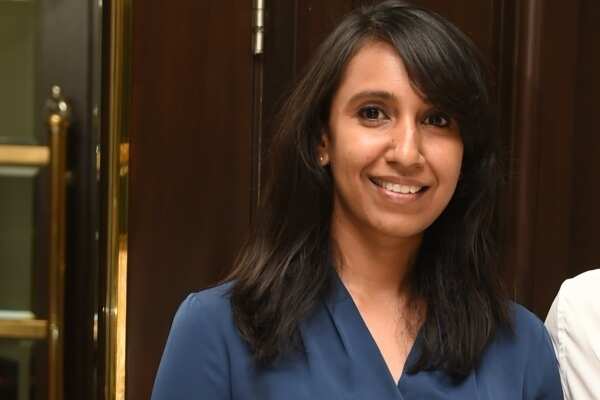
Talking about how a costume designer adds value to a film, she says, 'A director will have a certain vision on the look of a film, which he will arrive at following discussions with the production designer and cinematographer. To achieve this, it is important for specific characters to have specific looks. It requires a certain level of understanding and research from the person who is in charge of the costumes. And that is where having a specialist, i.e., a costume designer, helps.'
A costume designer enters the picture after the cinematographer and the art director. Vasuki Bhaskar, who made her debut as a costume designer with Bharathirajaa's Kangalal Kaidhu Sei, explains how they work. 'Once the directors give a script narration, we break down the scenes so that we get an idea of how many characters are involved in a particular scene, what its background is, what its mood it, what are each character's emotional arc like in that scene, what it will be in the previous scene and the next scene, and so on. We discuss these with the cameraman and the art director, and work accordingly.
For Kabali, which sees Rajinikanth playing a role closer to his actual age, Anu Vardhan wanted to capture the charisma of the Superstar and the grace with which he has aged. 'So, I chose linens for his fabrics because they add a classy look,' she says. Coming up with costumes for the younger version of the Superstar involved research into the period in which the events in the film happen, she adds.
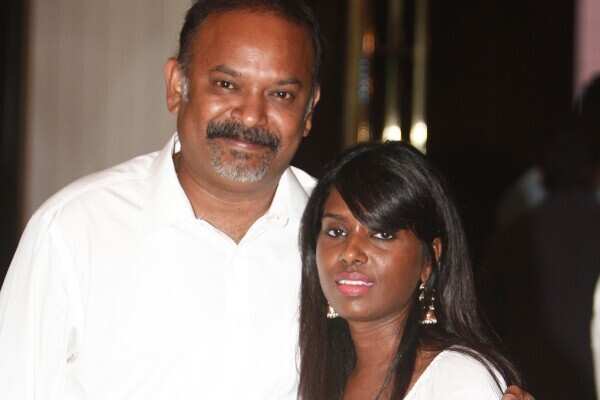
While her background as an assistant director has inculcated in Anu the approach of drawing up a costume script, very few costume designers in the industry have this practice. This is mainly because the pre-production work in our films happens in a shorter time than in Hollywood and Bollywood, where a costume script is a regular feature. Vasuki Bhaskar, who has worked on the independent English film Anything For You, says, 'It is more like a corporate set-up there. To them, a film is a project. They have a systematic approach to costume designing and everything, from the clothes that the actors wear, to a safety pin, will be finalised days before the shoot.' However, she adds that it is difficult to say which of these two approaches is advantageous. 'For example, our present approach gives us room to improvise as creators, but then when 150-200 people are involved in a film, you cannot keep improvising till the last minute.
In that way, the other approach helps finalise things, and gives everyone an idea into what goes for a scene. That said, we often have to work based on when we get the funds or when we are brought in to a film.'
'The market for those films is huge compared to ours and so, they can afford to spend time and money on such things,' reasons Joy Crizildaa, who debuted as a costume designer with Rajathandhiram, and has worked on films like Jilla, Darling, and the upcoming Velainu Vandhutta Vellaikaran. She feels that things will change and this will become a practice in Kollywood, too, in the future, because today, audiences are so aware of costumes. 'I am the personal stylist of actor Vijay and I constantly get queries from fans on social media on the costumes that he wears to events. There are those who want costumes like the one that he sports in films,' she says.
Interestingly, there are fewer men working as costume designers here. Sathya, who debuted as a costume designer with Moondru Per Moondru Kadhal, and is currently the costume designer for Vishal in Kathi Sandai and Vijay in the actor's untitled film with Bharathan, says that it has to do with the comfort factor. 'While it is easier for male stars to work with a female costume designer, female stars tend to be a little uncomfortable with a male costume designer. It is a natural reaction, given our cultural upbringing. But there are heroines who are OK with a male as well,' says Sathya, who had designed the costumes for Amy Jackson in Theri.
How much of convincing does it require for stars to sport some costumes? Anu Vardhan, who was the costume designer in Billa, which saw Nayanthara sport a bikini for the first time, says, 'As long as we can justify the need for the costume in the script, the stars are open to wearing them. It will never work when you ask them to sport a costume just for the sake of adding glamour to the scenes.' Vasuki says the amount of freedom that directors and stars give the costume designer allows one to experiment. She is the one who styled Ajith Kumar in Mankatha and says, 'I wouldn't have been allowed to choose the salt-and-pepper look if director Venkat Prabhu and Ajith had not felt confident.'
Before turning a costume designer, he had assisted Chaitanya Rao for two years, and he says that today many enter the field after working with a senior for just six months.
Costume designers have to work day and night during the pre-production period of a film, given that they get anywhere from 15 to 30 to design all the costumes needed for the actors. Based on the nature of a scene, they decide on how many spare costumes need to be created. 'For example, while shooting a fight scene, there is always the chance of a costume getting torn or becoming too dirty. And some scenes might involve a dupe. So, directors tell us how many spares they need (a 1+1 or 1+2 or 1+3, in industry parlance),' says Sathya.
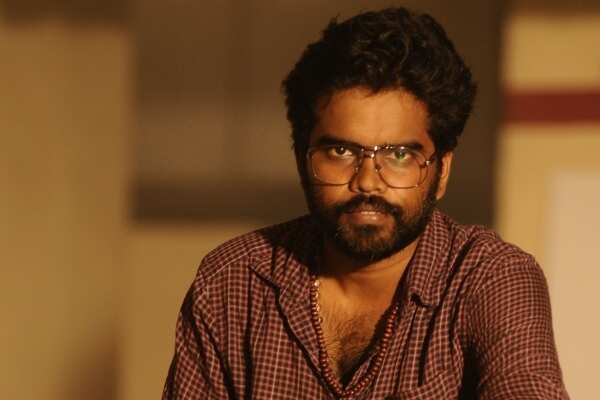
The budget allocated to the costume department varies depend on the budget of the film, say these costume designers. The average industry figure seems to be anywhere from `5 lakh to `50 lakh (or even higher). These include two types of costs involved ' the purchase of the garments and the fee to the people who make these costumes. Most costume designers have a warehouse of sorts where the materials are stored and a team to stitch them according to requirements. 'We create clothes and also go for readymade ones. Sometimes, we might modify readymade clothes and add our own touches,' says Joy Crizildaa.

Interestingly, they all agree that Mumbai offers more options than Chennai when it comes to costumes. 'It all comes down to market economics. It is the hub of textiles, and so, has many varieties. Even when it comes to retail stores, this is the case,' says Sathya. Many costume designers even go abroad to places like Bangkok to pick up the materials.
While there are costume designers like Chaitanya Rao and Joy Crizildaa who have their own boutiques, there are a few like Sathya and Anu Vardhan who say that working in films is what gives them their kick. 'I like creating characters out of my costumes and travelling with a director's vision,' says Anu Vardhan.
End of Article
FOLLOW US ON SOCIAL MEDIA
